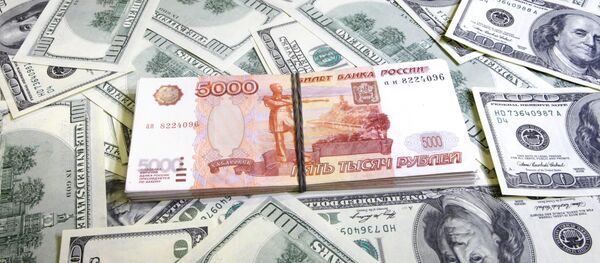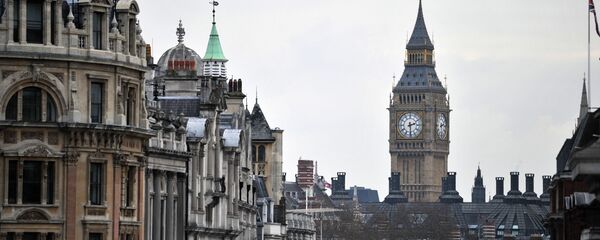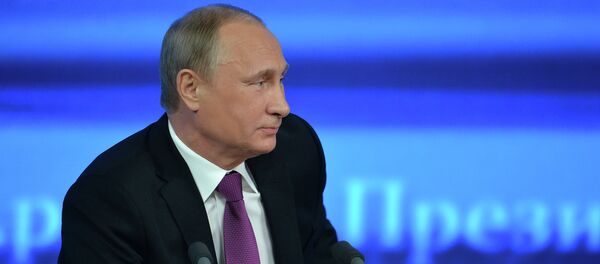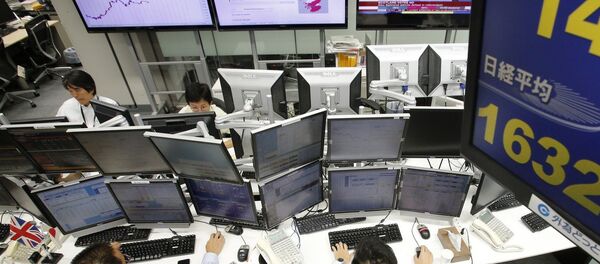The Russian ruble added 0.86% against the dollar to 52.1; however, trade volumes have been low, as most global markets close during Christmas holidays. The ruble also strengthened against the euro to 63.7.
The recent developments are perceived as optimistic in the market as the ruble depreciated dramatically earlier this month to an all-time low of 79.17 versus the dollar from a psychologically comfortable average of 30 rubles per 1 dollar throughout the last 15 years.
The markets have become more confident as the rumor spreads that Russian authorities have insisted exporters should sell more dollars and euros and buying more rubles than they need to pay taxes, salaries and cover other ruble-denominated expenses. This could be part of the Russian authorities’ plan to prevent a financial crisis caused by the lack of hard currencies on the domestic market, while many Russian companies have huge dollar-denominated foreign debts, amounting to over $678 bln total.
“Exporters are most likely selling their foreign-currency revenues following the government directive,” Sergey Vakhrameev of Moscow-based Ankor Invest told Bloomberg. “This is the key driver for the ruble’s gains.”
The measure, the CBR said, would allow Russian companies “manage their own currency liquidity and also refinance Russian exporters’ external foreign currency debts payable in the near future, in conditions of limited access to international capital markets.”
As the CBR provides more hard-currency liquidity on the domestic market, while simultaneously sucking up excess ruble liquidity by having raised its interest rate to 17%, the ruble strengthens. However, the effects of these policy measures are fragile.
The third factor, supporting the ruble, is the ongoing massive sell-off of Russia’s FX reserves on the domestic market. Between December 12 and 19, the CBR lost $15.7 bln of its FX reserves, some of which were sold in order to support the ruble, the rest being lent to banks and other enterprises. The total value of Russia’s FX reserves diminished from $414.6 bln on December 12 to $398.9 bln on December 19. According to CBR data, the regulator spent $4.8 bln on FX interventions and provided $9.8 bln in repo deals aimed at boosting hard currency liquidity within Russia.





